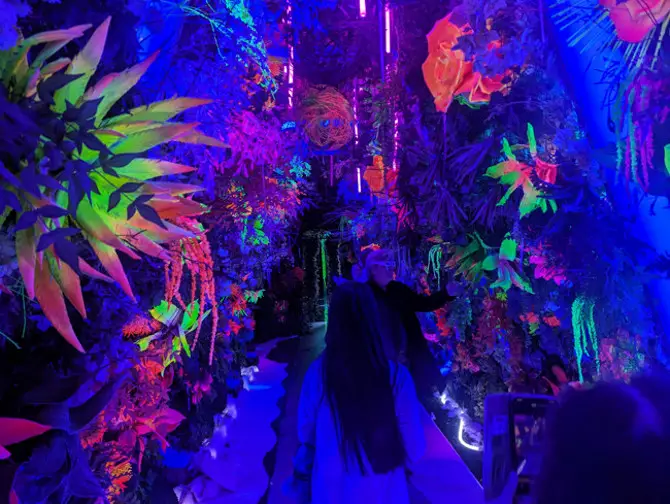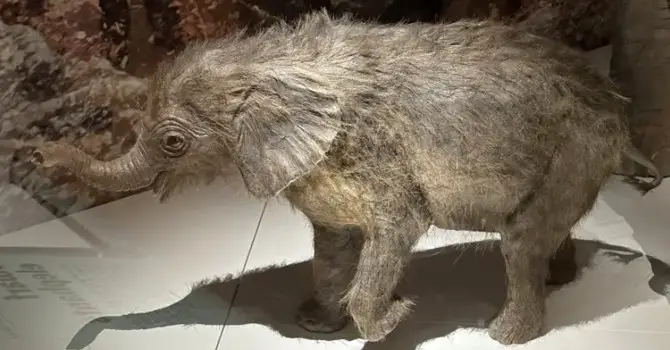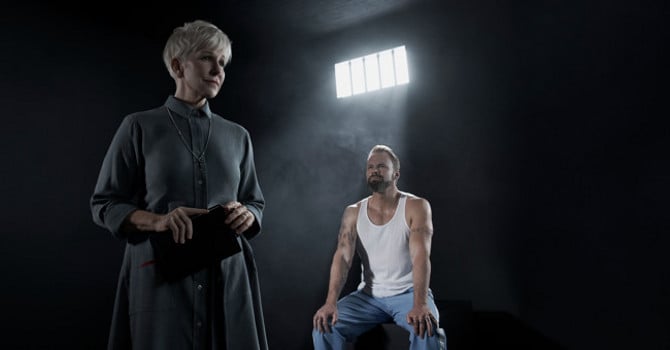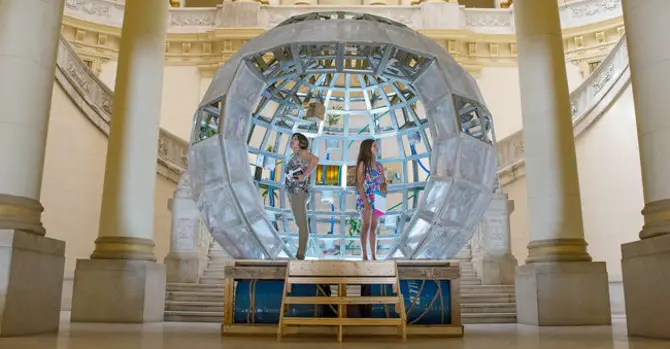The Museums of Lower Manhattan is a collective of neighboring museums and historic sites with exhibits that range from multimedia shows to intimate galleries of personal artifacts to historical landmarks. Here are details about each venue, with contact information for hours and pricing.

A visitors’ center with a history of almost two centuries—including stints as a fortress, immigration center, and aquarium—Castle Clinton Memorial Monument (Battery Park, 212-344-7220) now features exhibits on NY history.

During the European migration of the late 1800s, one-third of all Eastern European Jews set sail for the U.S. The vast majority settled here and lived in the crowded tenements of the Lower East Side. The Eldridge Street Synagogue (12 Eldridge St. btw. Canal & Division Sts., 212-219-0888), completed in 1887, is the first house of worship they built in America.
Fraunces Tavern Museum (54 Pearl St. at Broad St., 212-425-1778) was the site of many of George Washington’s presidential banquets, as well as his farewell address in 1783. Today, the building hosts a colonial-style restaurant and a museum exhibiting Revolutionary Era objects.
Founded to promote tolerance and historical perspective through the immigrant and migrant experience, the Lower East Side Tenement Museum (97 Orchard St. btw. Delancey & Broome Sts., 212-431-0233) was called home by some 7,000 people from more than 20 nations. You can view 3 fully-restored apartments, to see the way these families lived. In the the museum's brand new ongoing "Shop Life" tour, visitors explore the immigrant businesses once located at 97 Orchard Street, where communities worked, shopped, celebrated and struggled for more than a century. The exhibit features a re-created 1870's German beer saloon once run by John and Caroline Schneider, as well as an interactive "sales counter" where visitors select audio and visual media clips to explore the stories of turn-of-the-century kosher butchers Israel and Goldie Lustgarten, 1930s auctioneer Max Marcus, and 1970s undergarment discounters Frances & Sidney Meda.

Celebrating the spirit of entrepreneurship and the democratic free market tradition, the collection at the Museum of American Financial History (28 Broadway at Bowling Green, 212-908-4519) includes stocks, bonds, photographs, a large collection of 18th-century financial papers, and exhibits displaying everything from antique cash registers to historic ticker tape. On Oct. 2, author Sheri Caplan speaks about her new book Petticoats & Pinstripes: Portraits of Women in Wall Street's History.
The Museum of Jewish Heritage—A Living Memorial to the Holocaust (36 Battery Place, 646-437-4337) pays tribute to those who lost their lives in the Holocaust, telling it from the perspective of those who experienced it. The museum also offers musical and theatrical performances, films, and special events.
Housing the largest collection of Native American arts and cultural artifacts in the world, the Smithsonian’s National Museum of the American Indian (One Bowling Green btw. State & Whitehall Sts., 212-514-3700) features items such as ceremonial and religious works, as well as textiles, garments, pottery, and masks.
Dedicated to the preservation of the culture and history of the Chinese and their descendants, the Museum of Chinese in the Americas (70 Mulberry St. at Bayard St., 2nd flr., 212-619-4785) displays rare papers and priceless artifacts and houses archival and library materials. Artifacts include old restaurant menus, firecrackers and gigantic lion masks, laundering equipment from the early 1900s, and more.
Located in a renovated 1904 firehouse, the NYC Fire Museum (278 Spring St. btw. Varick & Hudson Sts., 212-691-1303) honors the heroes of the past, and serves to educate the public on fire safety. Among its many artifacts is a fire engine built around 1790, 18th- and 19th-century fire-fighting tools, and original newspaper stories about historic city fires. A 9/11 Memorial pays tribute to the 343 “brothers” who made the ultimate sacrifice for the city. The museum is open seven days a week, 10am-5pm.
The NYC Police Museum (100 Old Slip at South St., 212-480-3100) chronicles the history of New York law enforcement from the 1845 formation of the NYPD to the present day. It features a transportation room and a uniform exhibit, and exhibits on both lawbreakers and the city’s Finest.
Located directly across from the World Trade Center site, St. Paul’s Chapel (Church St. at Fulton St., 212-233-4164) was home to an extraordinary eight-month volunteer relief effort after the terrorist attacks of 9/11. Unwavering spirit honors that ministry and its legacy of love and compassion.
The Skyscraper Museum (39 Battery Pl., 212-968-1961) is dedicated to the study of the high-rise building and its heritage and evolution, exploring skyscrapers as objects of design, investments in real estate, and products of technology.
At the South Street Seaport Museum (12 Fulton St., 212-748-8600), where one can explore the decks and cabins of six historic ships and visit exhibitions of nautical art and artifacts. There are also a variety of children’s activities.
The Statue of Liberty National Monument and Ellis Island Immigration Museum (Ticket booth/ferry at Castle Clinton in Battery Park, 212-363-3206) memorializes immigrants and their assimilation into American culture, and the American Family Immigration History Center offers an opportunity to trace ancestors using actual ship records.





